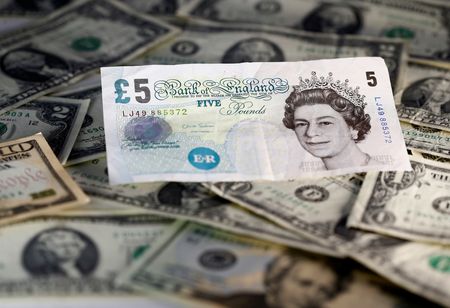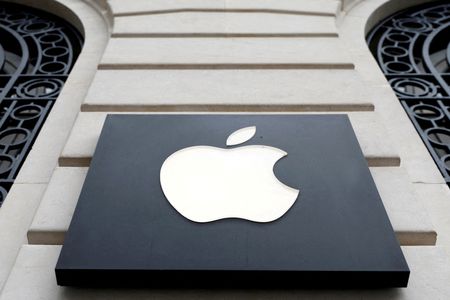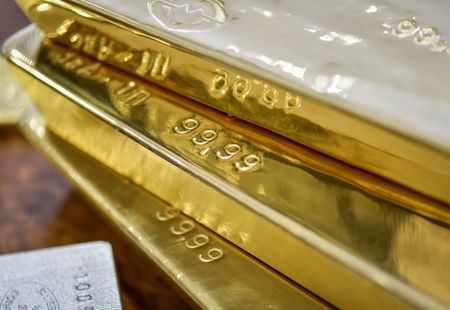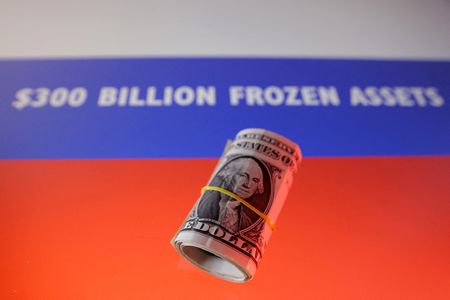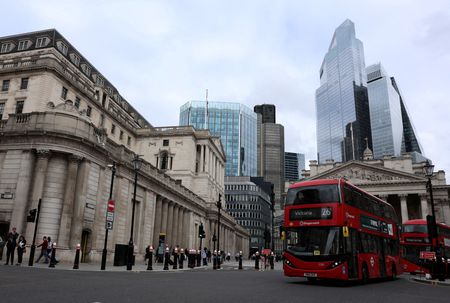LONDON (Reuters) -The pound steadied on Thursday having tumbled the day before after cooler-than-expected British inflation data caused traders to bring forward expectations on Bank of England rate cuts.
Versus the dollar, sterling was last down 0.13% on the day at $1.3339 having dropped as low as $1.3307 on Wednesday in the aftermath of the data.
British inflation unexpectedly held steady in September the Wednesday data showed, below both market and Bank of England expectations, causing forecasters to predict price rises have now peaked and will fall in the coming months.
As a result, markets raised bets on Bank of England easing this year, and now see roughly a three in four chance the BoE cuts rates by 25 basis points by December, with a small chance it moves at its meeting next month.
That also supported British government bonds, or gilts, yields on which dropped sharply on Wednesday before steadying on Thursday, but the 10-year gilt yield was still around 6 basis points below where it was before the data.
All else being equal, currencies tend to reflect relative moves in government bond yields, but sterling has fallen less after the inflation data that the fall in the gilt yield would imply.
“There are a few cross currents with the pound, as lower rates make the Chancellor’s life much easier,” said Nick Rees, head of macro research at Monex Europe.
British finance minister Rachel Reeves will announce her latest budget next month, and is expected to have to include some combination of tax rises and spending cuts.
Britain’s elevated borrowing costs have not helped the situation and so lower gilt yields can be supportive of the pound.
Nonetheless Rees says he expects further sterling weakness from here as the budget may not be well received.
He said it was harder to assess when that weakness might materialise. In terms of euro/sterling, “we need to see some of the risk premium around French politics come out of the euro,” he said.
Sterling was also steadier on the euro on Thursday. The euro was last at 86.88 pence having been as high as 87.11 pence the day before in the aftermath of the data.
(Reporting by Alun John. Editing by Jane Merriman)

